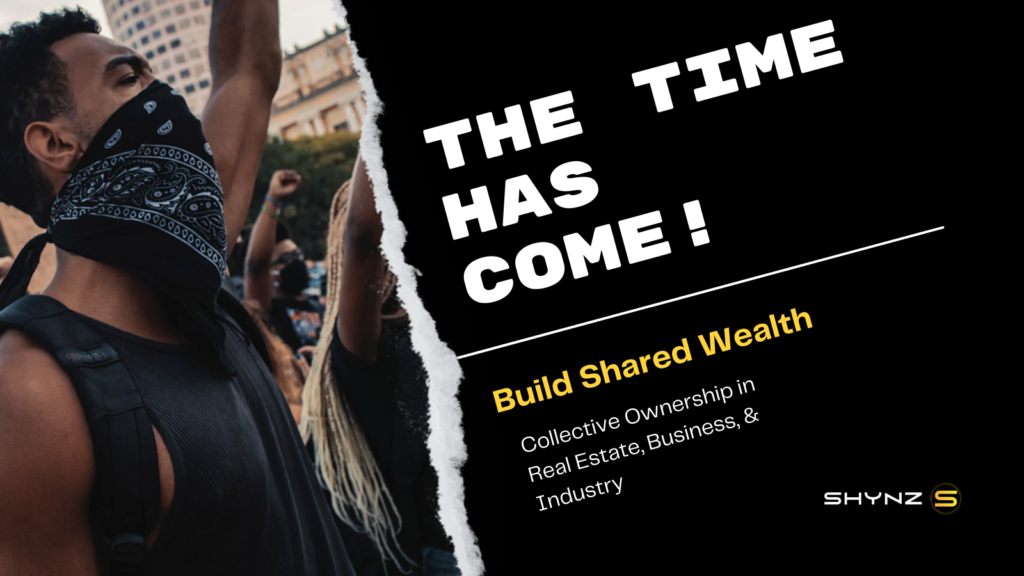America’s Economic Sanctions on Black Communities

Redlining, a policy that systematically denied Black Americans access to mortgages, loans, and financial services based on their neighborhood’s racial composition, is arguably one of the most devastating forms of economic sanction imposed domestically. Like international economic sanctions that cripple nations by cutting them off from financial and trade systems, redlining inflicted profound economic, social, and generational harm on Black American communities. This editorial examines the parallels between redlining and economic sanctions, highlights the devastation it caused, and makes a compelling case for the illegality of redlining and the necessity of reparations to address its lingering effects.
“Not everything that is faced can be changed, but nothing can be changed until it is faced.”
James Baldwin


The Devastation of Redlining
Economic Isolation and Stagnation
Redlining effectively created an economic noose around Black neighborhoods. By labeling these areas as high-risk and unworthy of investment, banks and financial institutions denied residents access to the capital necessary for purchasing homes, starting businesses, or improving property. This economic isolation led to stagnation, as homes and businesses in these areas could not appreciate in value or generate wealth.
Persistent Poverty and Inequality
The systematic denial of mortgages and loans prevented Black families from building wealth through homeownership, a primary avenue for wealth accumulation in America. This exclusion entrenched poverty, leading to significant income and wealth disparities between Black and White communities. The inability to pass down wealth from one generation to the next further perpetuated economic disparities.
Social and Humanitarian Impact
Redlining also had severe social consequences. Underinvestment in Black neighborhoods meant deteriorating infrastructure, poorly funded schools, and inadequate healthcare facilities. The economic hardships created by redlining contributed to higher crime rates and social unrest. Residents of redlined areas faced not only economic deprivation but also a lower quality of life and fewer opportunities for upward mobility.
Lingering Effects of Redlining
Despite being outlawed by the Fair Housing Act of 1968, the effects of redlining persist. Many formerly redlined neighborhoods remain underdeveloped and underserved, struggling with dilapidated housing, inadequate public services, and limited access to quality education and healthcare. The economic and social scars left by redlining are visible to this day, as these communities continue to grapple with the consequences of systemic disinvestment.
The Case for Illegality and Reparations
Illegality of Redlining
Redlining was a blatantly discriminatory practice, grounded in racism and designed to segregate and economically oppress Black Americans. It violated the principles of fairness and equality enshrined in American law. The Fair Housing Act of 1968, which explicitly prohibits discrimination in housing, marked an essential step in acknowledging the illegality of such practices. However, the damage had already been done, and the legacy of redlining continued to hinder the progress of Black communities.
Reparations as a Path to Justice
Given the profound and lasting damage caused by redlining, Black Americans are owed reparations. Reparations would acknowledge the historical injustices and provide a tangible means to begin addressing the economic and social disparities resulting from redlining.
- Economic Investment: Direct financial compensation to individuals and families affected by redlining can help build wealth and stabilize communities. Investment in housing, education, and healthcare in these neighborhoods can stimulate economic growth and improve living conditions.
- Access to Capital: Establishing programs that provide low-interest loans, grants, and financial services to residents of historically redlined areas can promote homeownership, business development, and community revitalization.
- Educational Opportunities: Scholarships and funding for schools in affected areas can help bridge the educational gap, providing better opportunities for future generations.
Conclusion
Redlining was more than just a discriminatory housing policy; it was an economic sanction imposed domestically, with devastating and long-lasting effects on Black American communities. The systemic economic isolation, entrenched poverty, and social disparities caused by redlining continue to impact these communities today. Recognizing the illegality of redlining and providing reparations is not just a matter of justice but a necessary step towards healing and rectifying the deep-rooted economic and social wounds inflicted by this policy. Reparations can offer a pathway to economic empowerment, stability, and growth for Black Americans, fostering a more equitable and just society for all.


 English
English 


















